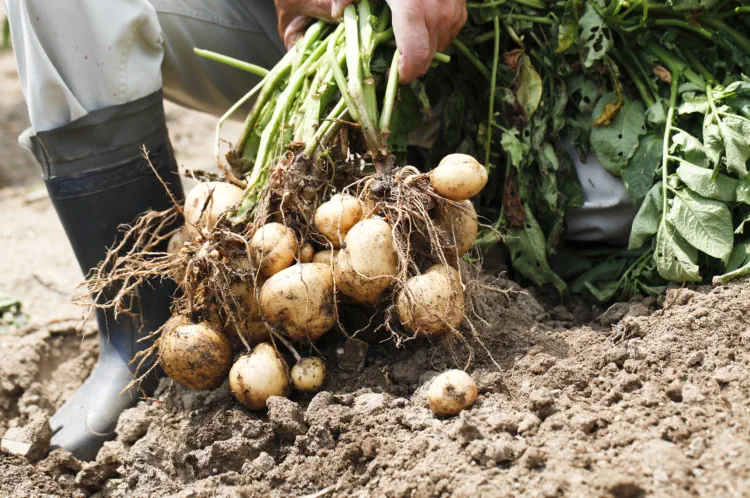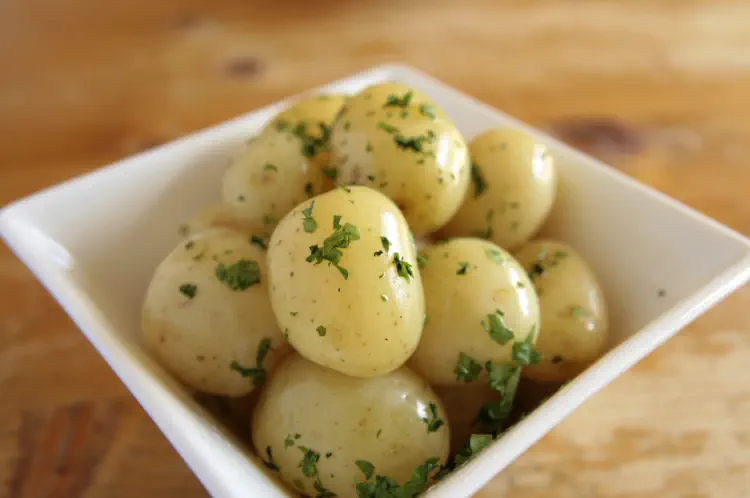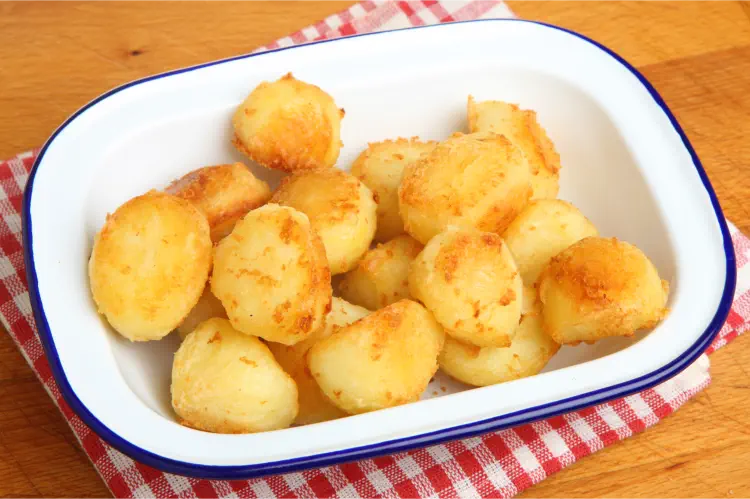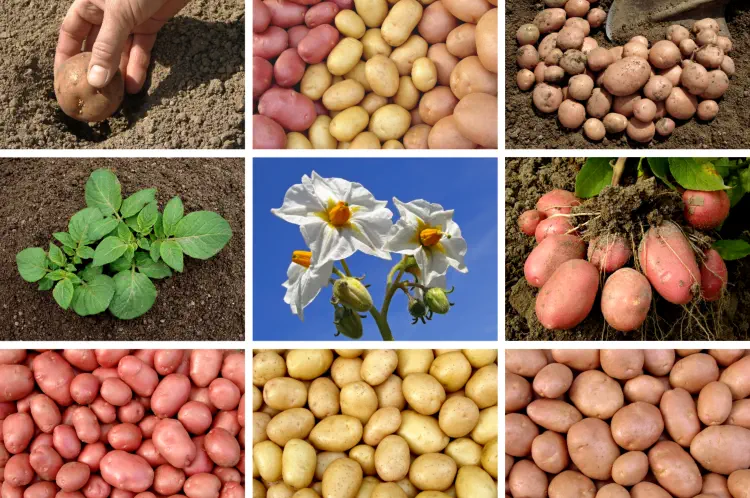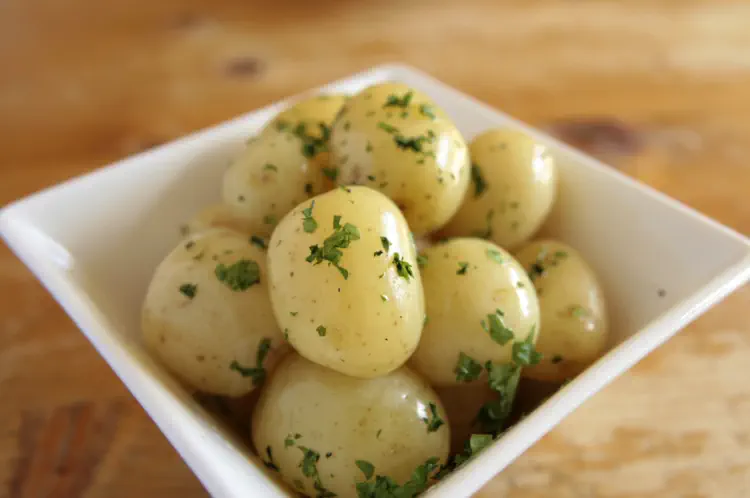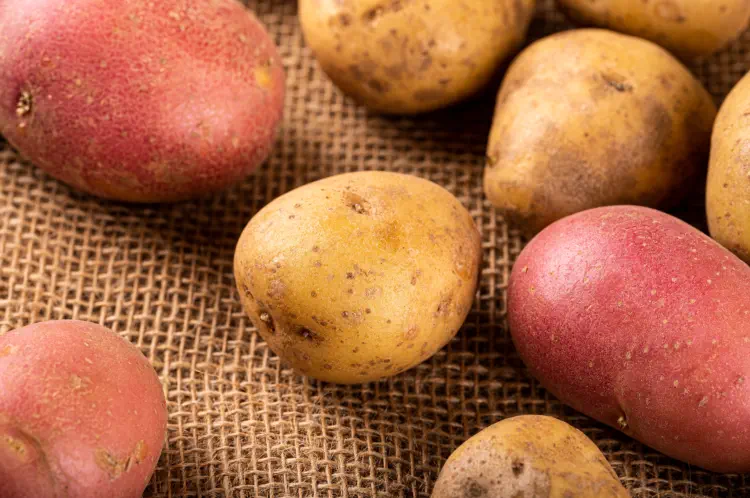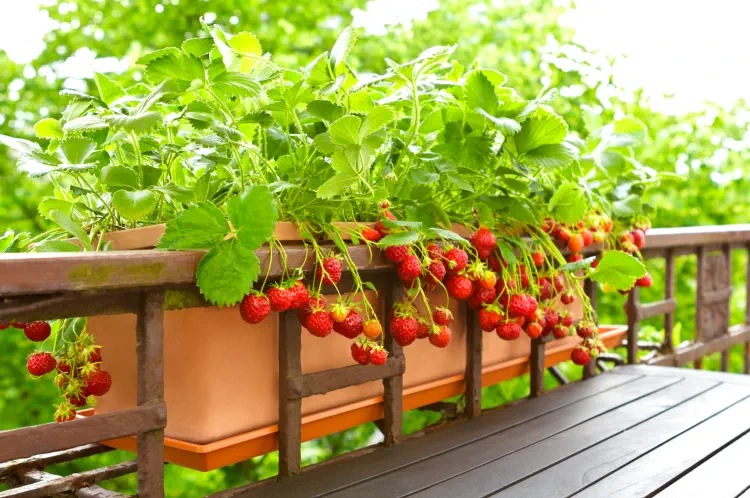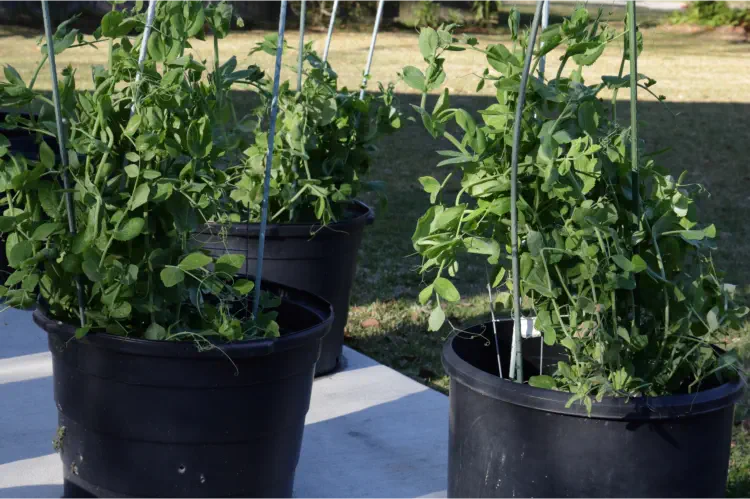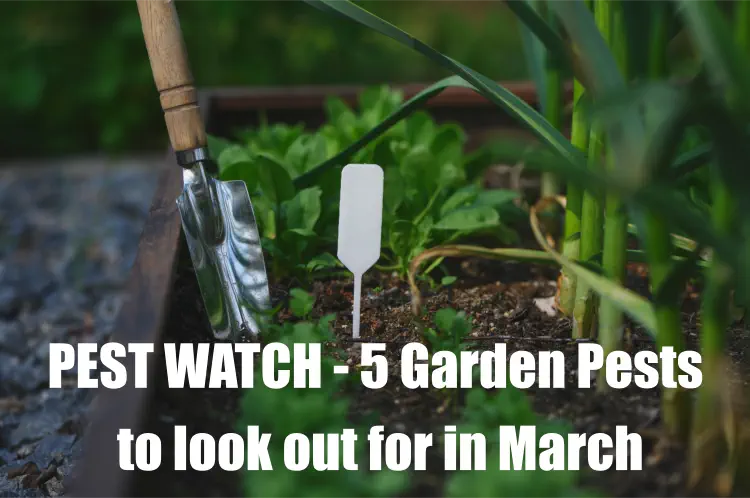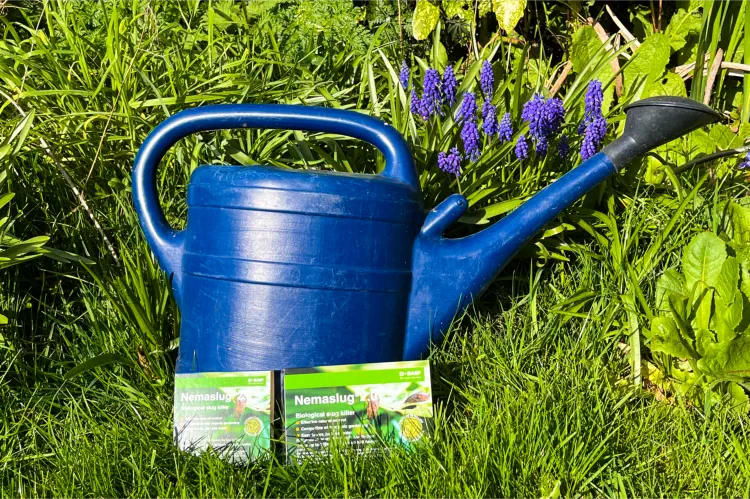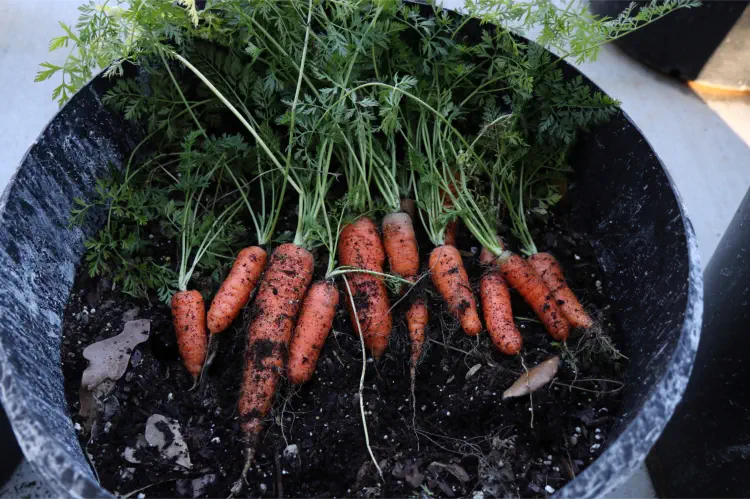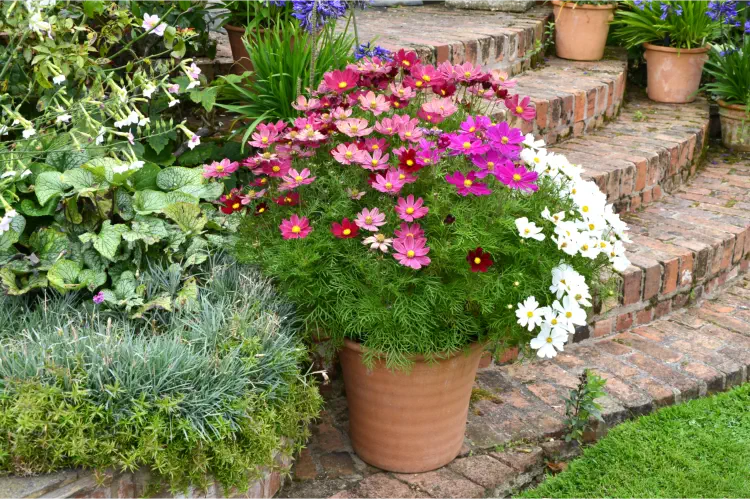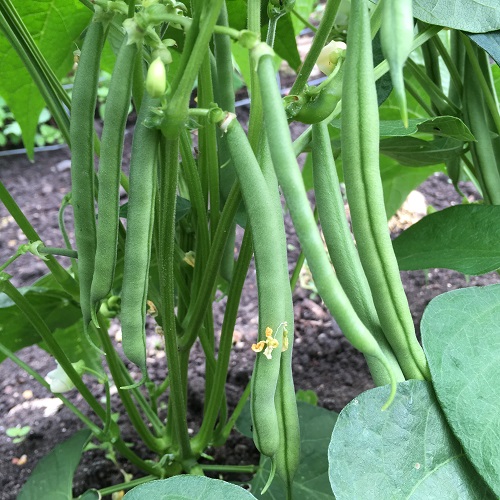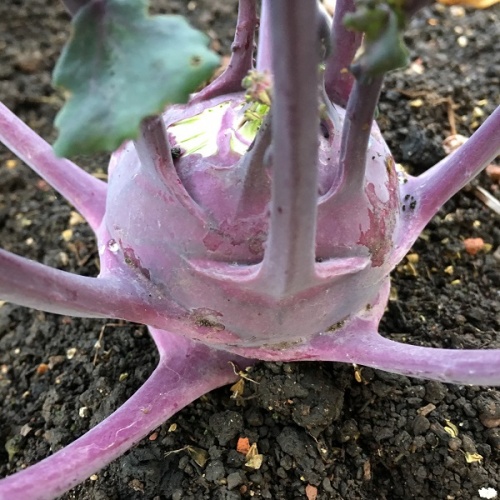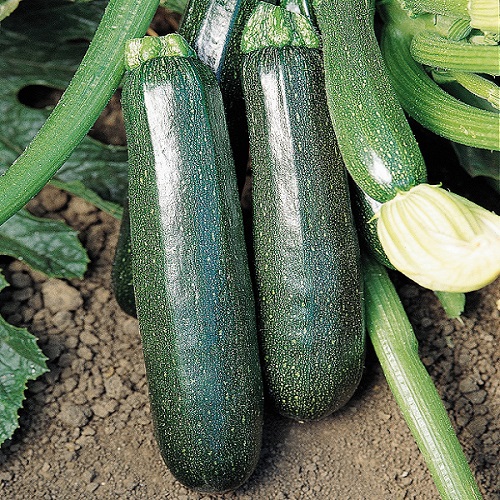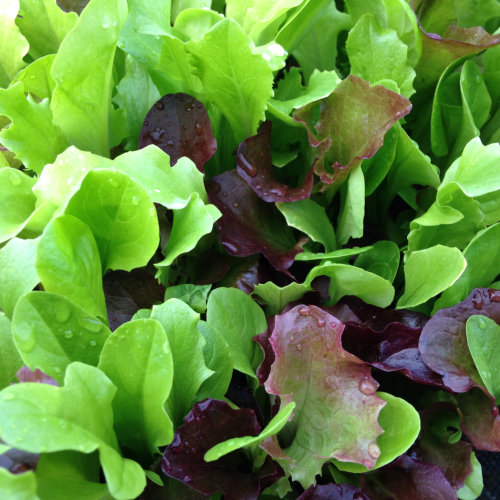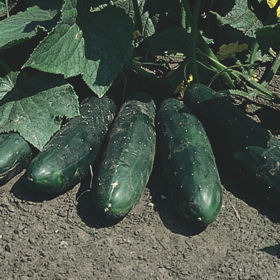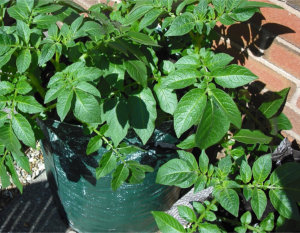 If you have an allotment or garden and grow your own food, then like me potatoes will probably be one of your bigger crops as it is our staple food. By experimenting with different varieties over time you can select those that suit your own taste buds as well as growing best with each person’s local soil and climate.
If you have an allotment or garden and grow your own food, then like me potatoes will probably be one of your bigger crops as it is our staple food. By experimenting with different varieties over time you can select those that suit your own taste buds as well as growing best with each person’s local soil and climate.
Start off by purchasing seed potatoes from reliable sources to ensure the seed tubers are disease free.
Gardeners and allotment holders should practice a four year rotation and make sure any ground keepers are removed immediately they appear. If you are tempted to retain seed potatoes from your own healthy crop, only do so for one year and only if the crop was very clean and free from blight and any other pest or disease. Never accept seed potatoes from a friend as the risks of potential infections are too great.
Potatoes are heavy feeders so grow best on land that has been well manured in autumn and left rough over winter.
It is a good practice to chit early varieties as it gives them a head start. Place the seed potatoes upright, (rose end upwards) in trays or egg boxes and leave in a light frost free position for a few weeks to get them to sprout. Some tubers may produce numerous sprouts. The smaller ones can be removed to leave two or three. This reduces the crop slightly but gives bigger potatoes.
Storing and Chitting Your Seed Potatoes
Good treatment of your Seed Potatoes prior to planting can make a massive difference in the quality of the seed planted, and the timing of your harvest. We have a selection of blog posts here that are worth a read...
23 January 2015 | SimplySeed
Whilst at SimplySeed all seed potatoes are stored in optimum conditions. Once out of store and in warmer conditions dormancy will be broken and the shoots will start to grow.
This sprouting is natural, however a number of steps can be taken to slow down the process.....
17 January 2018 | SimplySeed
Is chitting seed potatoes really necessary?.....
14 February 2023 | SimplySeed
The debate over whether seed potatoes should be placed in dark or light conditions has been ongoing for decades....
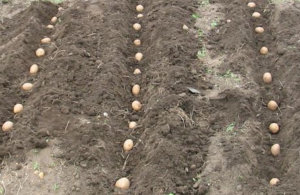 Planting
Planting
Planting time is very much depending on weather, so in a mild period it could be the end of February, otherwise as soon as you feel there is some warmth in the ground in March. However remember potatoe are NOT frost hardy.
Earlies are spaced about 12 inches apart along the rows which are 18 to 24 inches apart. For maincrops increase the spacing to 15 inches apart with rows 2 to 2.5 feet apart. Alternatively plant 4 to a potato grow bag.
Take out a furrow six inches deep and run some well rotted compost along the bottom. Cover this with some soil and plant into this. Cover the rows but leave a slight ridge to mark the line, and give a dusting of potato fertilizer.
Growing on
Once the foliage emerges keep an eye on the weather and if frost threatens earth over to protect them. Continue to earth over as this kills weeds and assists harvesting at the end of the season.
Watch out for blight especially if wet weather predominates. You can protect the foliage with spays of Bordeaux mixture, but if rain keeps washing it off it may be better (if the crop is sufficiently advanced) to cut off and remove the foliage, but leave the crop a few more weeks to mature.
Harvesting Potatoes
Lifting can begin with first earlies in early June in England but nearer the end of June in Scotland and continue till October for lates. Lift on a sunny day and leave the spuds to dry on the surface for an hour or so. Potatoes are best stored in the dark in hessian or paper bags in a frost free shed protected from mice.
It's one of those questions that every new grower asks - "When are my potatoes ready for harvest??'
Watch the video and find out.....
Potato Varieties
There are very many varieties to choose from in every category from first early to lates, heritage to salads and those which can be grown to harvest in time for Christmas. Personal taste also decides whether you like a dry, waxy or floury texture. It is impossible for anyone to recommend the best range as they are all very different and personal and breeders bring out new varieties every year. Read the catalogues, talk to other local gardeners, then make your choice.
Try out a new variety every year.
15 December 2022 | SimplySeed
1 January 2023 | SimplySeed
28 February 2024 | SimplySeed
Have you ever tasted the delightful tenderness of freshly harvested homegrown new potatoes? Their delicate skin, sweet taste, and waxy texture make these little gems a gardener’s dream....
8 March 2022 | SimplySeed
We take a look at all the possible options to see if we can establish, which seed potato varieties make the perfect roaster and why....
2 March 2022 | SimplySeed
Due to the different growth habits of both types of potatoes, the way you might cultivate them is a little different too, For example, because the tubers....
17 December 2023 | SimplySeed
Those classified as waxy potatoes are low in starch and high in moisture. They are generally white in colour, with firm flesh and are perfect for....
You may at some time or another heard about potatoes that have a floury texture or a waxy texture but what does that mean....
New Spuds for Christmas
Order some late stored tubers of an early variety ready for planting in June or July. Give them the best growing conditions, or in barrels, containers or growbags as they do not have a long season left to grow. Keep them watered and fed then as soon as autumn comes and the foliage dies off remove it and just leave them where they are. Do not give any more water and they will store perfectly where they are until Christmas.
What can we expect in future varieties?
Research at the Scottish Crops Research Institute and many other places is looking at increasing vitamin C content and improving disease resistance, especially late blight, but also a host of others including blackleg, brown rot, ring rot and wart disease. Attention is also given to flavour and good cooking qualities.
For growing in containers we recomend using a first early or second early potato variety. From feedback for 2012, we are hearing about people getting good results in pots using the following varieties: Potato Casablanca, Marfona, Arran Pilot and Charlotte.
All blog content on this page is copyright of SimplySeed and is not to be reproduced without prior written permission. ©

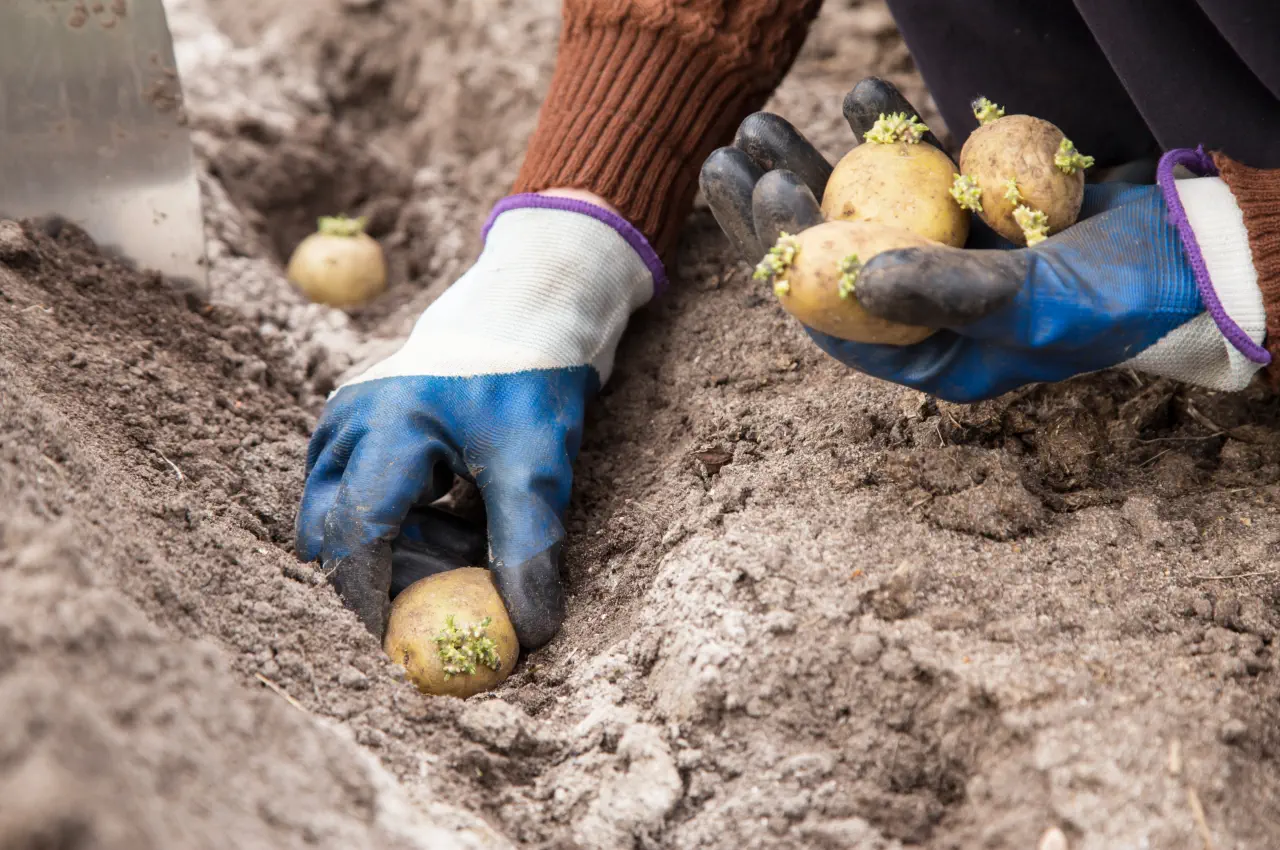
 If you have an allotment or garden and grow your own food, then like me potatoes will probably be one of your bigger crops as it is our staple food. By experimenting with different varieties over time you can select those that suit your own taste buds as well as growing best with each person’s local soil and climate.
If you have an allotment or garden and grow your own food, then like me potatoes will probably be one of your bigger crops as it is our staple food. By experimenting with different varieties over time you can select those that suit your own taste buds as well as growing best with each person’s local soil and climate.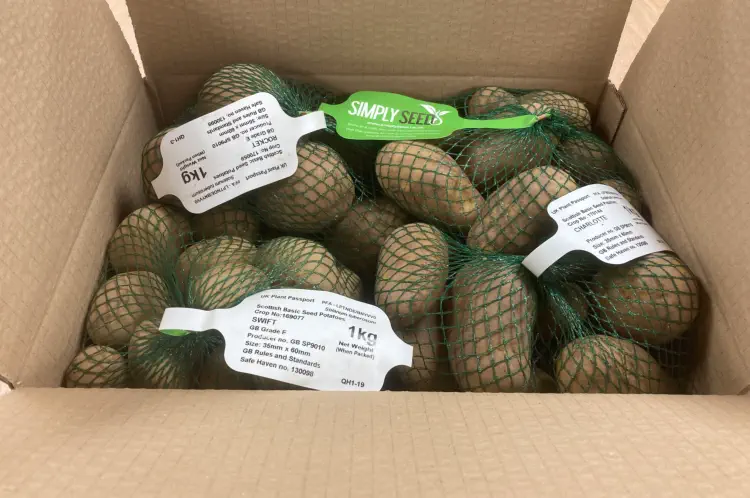
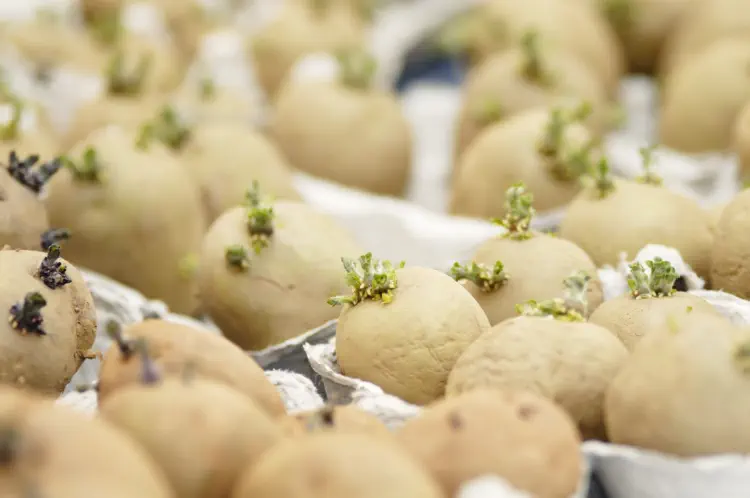
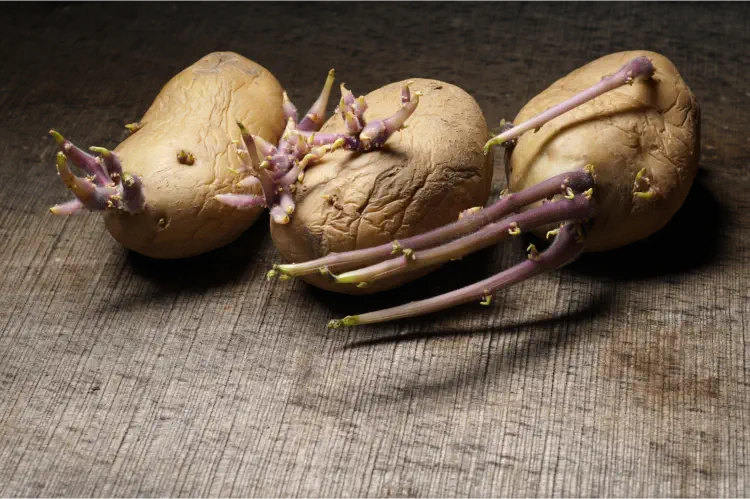
 Planting
Planting